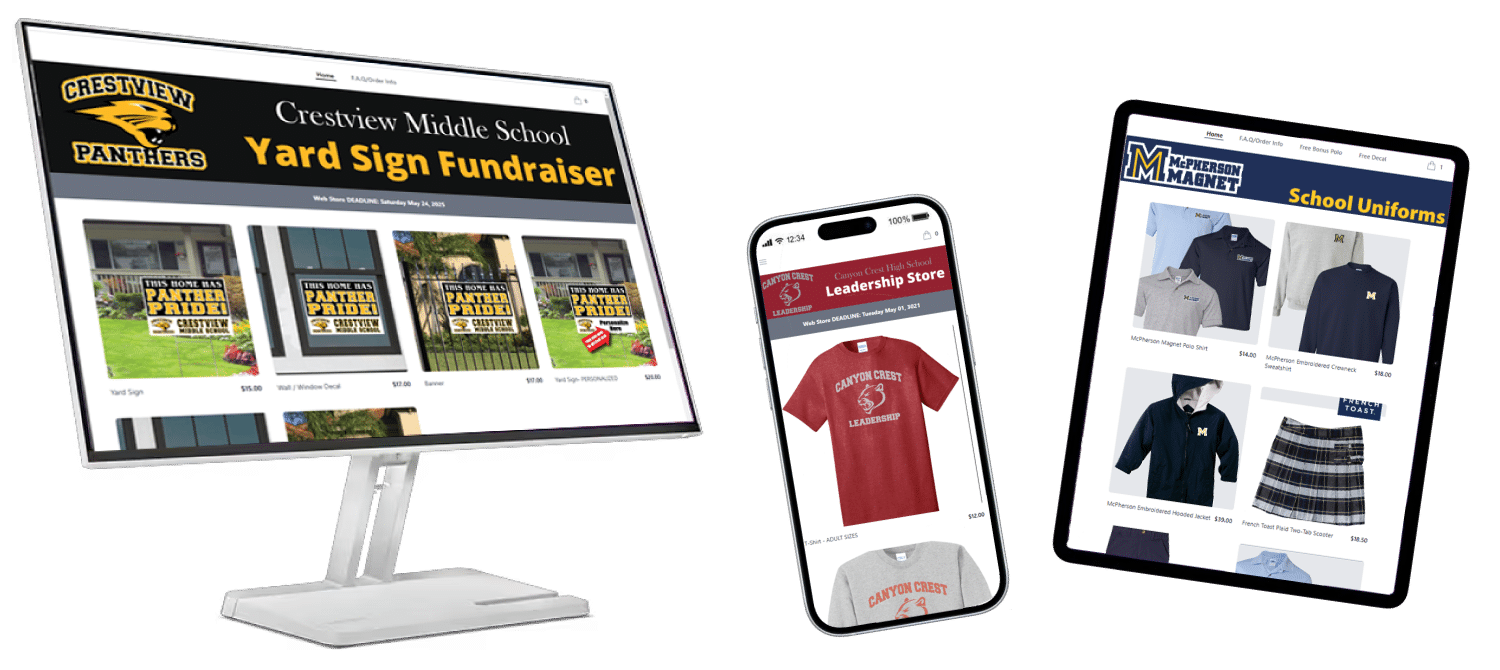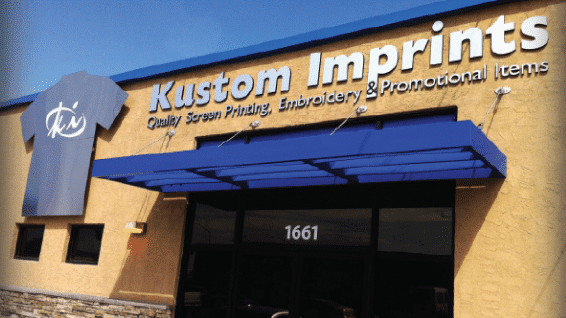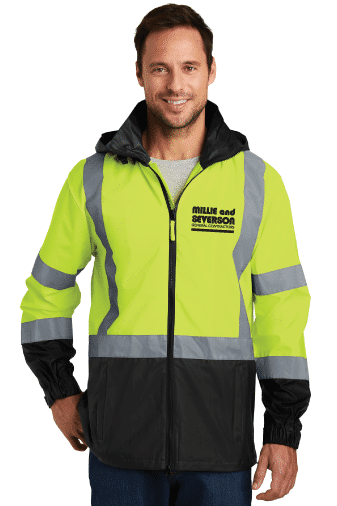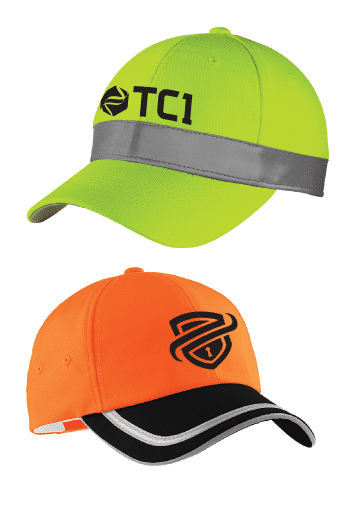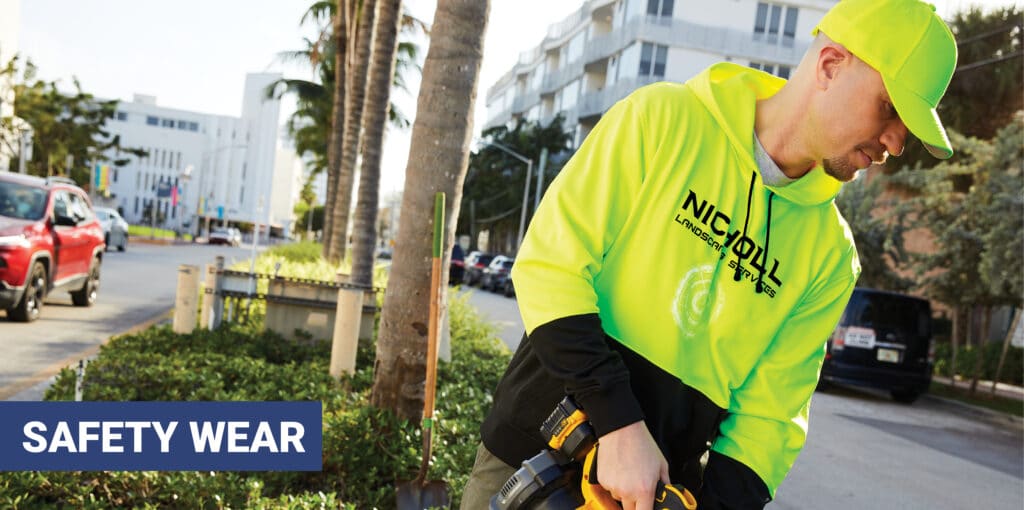
Safety Wear is essential for ensuring your staff’s comfort, protection, and visibility throughout the working day. Our range of Custom Safety Shirts and Wear can offer durable, long-lasting protection for workers in several different industries including, construction, roadwork, and security.
We offer Safety T-Shirts, Vests, Jackets, and Caps all designed for visibility to ensure your safety in hazardous working conditions. ANSI/ISEA 107 Class 2 certified.
All of our Safety Wear Products are completely customizable to include your business’s name and logo and come with our lowest price guarantee.
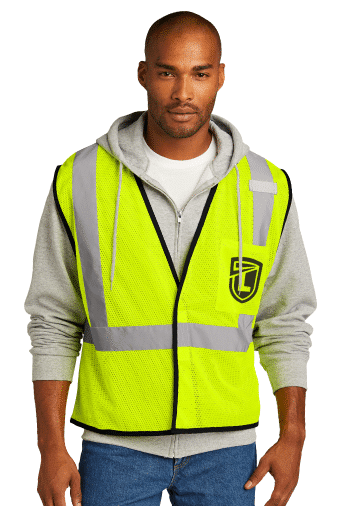
Safety Vests
Features:
☑️ ANSI 107 Class 2 Certified
☑️ Left Front Pocket
☑️ Poly Mesh Fabric
☑️ Front Velcro Closure
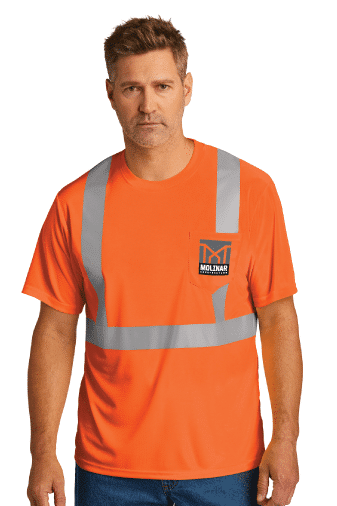
Safety Tees
Features:
☑️ ANSI 107 Class 2 Certified
☑️ Left Front Pocket
☑️ Reflective 2-inch tape
☑️ Adult Sizes: S–5XL
– Did You Know? –
Safety Wear is Required in Several Types of Industries and Occupations
High-visibility safety wear is essential for workers in industries where visibility is crucial for safety. Here are some industries and occupations that require or commonly use high-visibility clothing:
1. Construction and Road Work
Construction workers (highway, building, and bridge construction, road maintenance crews, and flaggers, and traffic controllers, and heavy equipment operators.
2. Transportation and Warehousing
Truck drivers and delivery personnel, forklift operators, warehouse workers, and airport ground crew and baggage handlers
3. Emergency and First Responders
Police officers (especially traffic and highway patrol), firefighters and rescue workers, and emergency medical technicians (EMTs) and paramedics
4. Utilities and Public Works
Electricians and power line workers, water and sewage maintenance crews, and telecommunications workers and gas and pipeline workers
5. Railroad and Transit
Railroad track workers and engineers, subway and metro maintenance crews, and public transit workers (bus, train, and tram operators)
6. Oil and Gas Industry
Refinery workers, pipeline construction crews, and offshore drilling workers
7. Mining and Quarrying
Surface and underground miners, heavy equipment operators, and blasting crews
8. Forestry and Agriculture
Loggers and forestry workers and farm and ranch workers (especially near machinery or roadways)
9. Maritime and Dock Work
Port workers and dockhands, and shipyard workers and fishermen (especially in commercial fishing)
10. Event Security and Crowd Control
Security personnel for concerts and events, parking lot attendants, and school crossing guards
11. Does the fabric offer any comfort features?
The shirts are made from breathable fabric, ensuring comfort for the wearer.
12. Are the reflective materials compliant with any standards?
Yes, the reflective materials are designed in accordance with ANSI standards.
13. What types of reflective materials are used?
The shirts feature both segmented and solid silver reflective tapes to enhance visibility.
14. What type of fabric is used for the safety shirts?
The safety shirts are crafted from high-quality polyester, valued for its durability.
– Care Instructions –
How to Properly Wash Custom Safety Shirts
Caring for your custom safety shirt is crucial to maintaining its visibility and longevity. Here’s a step-by-step guide to ensure your high-visibility clothing stays in top condition:
Washing Instructions for Custom Safety Shirts
- Preparation:
- Turn your custom safety shirts inside out before washing. This reduces wear on the reflective elements.
- Sort by color and fabric type to prevent unwanted color transfer or fabric damage.
- Machine Wash:
- Use cold water and select a delicate cycle to minimize fabric stress.
- Opt for a mild detergent. Brands like Seventh Generation or Mrs. Meyer’s offer gentle options that are perfect for high-visibility clothing.
- Avoid Harmful Additives:
- No Bleach or Fabric Softeners: These can degrade the reflective material and reduce breathability. The softeners’ residue can impair fabric performance, such as moisture-wicking.
Drying Methods for Custom Safety Shirts
- Best Practices:
- Line drying is your best option. It extends the garment’s lifespan, especially the reflective components.
- If you prefer machine drying, use a low heat setting and remove items promptly to prevent excess heat from damaging the reflective tape.
Special Considerations for Custom Safety Shirts
- Fabric Interaction:
- Avoid washing with rough-textured items that could abrade the surface, diminishing reflectivity.
- While most polyester safety shirts don’t bleed, dark garments might. This can dull fluorescent colors, so wash with similarly light-colored clothing to maintain vividness.
- Regular Maintenance:
- Don’t neglect frequent washing. Dirt accumulation can obscure visibility, so keep shirts clean to ensure maximum effectiveness at all times.
By following these guidelines, you’ll maintain the integrity of your custom safety shirts, helping them perform their protective function effectively for a longer time.














